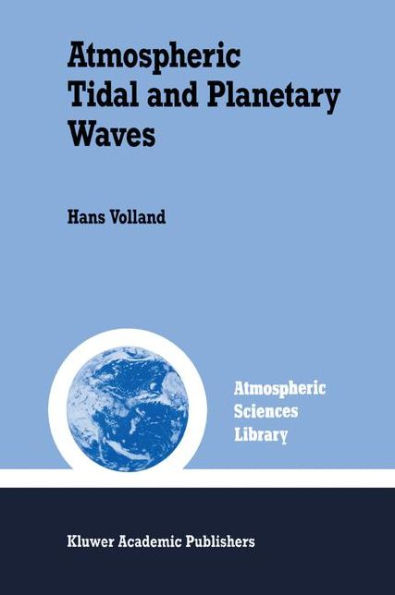5
1
9789027726308


Atmospheric Tidal and Planetary Waves / Edition 1 available in Hardcover

Atmospheric Tidal and Planetary Waves / Edition 1
- ISBN-10:
- 9027726302
- ISBN-13:
- 9789027726308
- Pub. Date:
- 10/31/1988
- Publisher:
- Springer Netherlands
- ISBN-10:
- 9027726302
- ISBN-13:
- 9789027726308
- Pub. Date:
- 10/31/1988
- Publisher:
- Springer Netherlands
219.99
In Stock

Product Details
| ISBN-13: | 9789027726308 |
|---|---|
| Publisher: | Springer Netherlands |
| Publication date: | 10/31/1988 |
| Series: | Atmospheric and Oceanographic Sciences Library , #12 |
| Edition description: | 1988 |
| Pages: | 348 |
| Product dimensions: | 6.14(w) x 9.21(h) x 0.36(d) |
From the B&N Reads Blog
